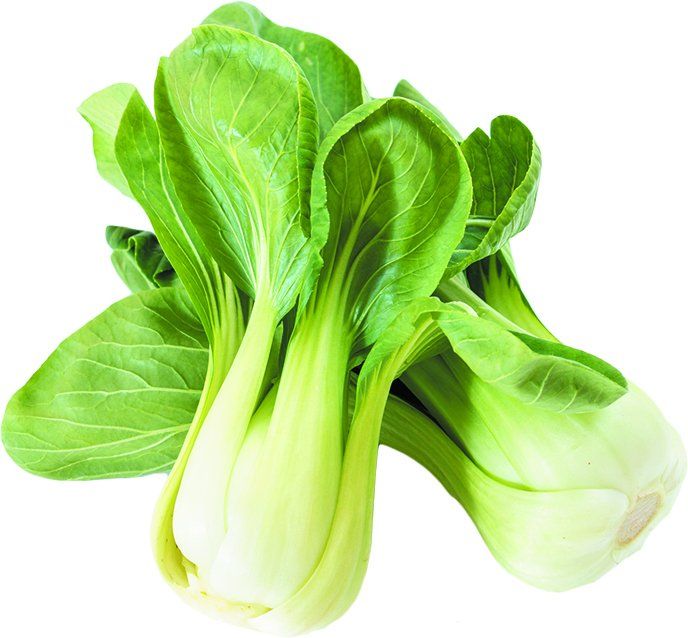Locally-grown goodies await you at farmers’ markets across the country. While you’re picking up staples like green beans, tomatoes and strawberries, consider trying other nutritious, farm-fresh fare that’s new to you.
“Incorporating a variety of vegetables and fruits in your diet is important because each provides a different array and amounts of important vitamins, minerals and phytochemicals,” says Diane McKay, PhD, an assistant professor at Tufts’ Friedman School and a scientist in the HNRCA Antioxidants Research Laboratory. “Branching out beyond your usual choices helps ensure you are meeting your needs for each of these important compounds. And consuming produce at its peak, direct from the source, means you will be getting the maximum nutrient content and flavor as well.”
Watch for these increasingly popular options (or consider growing them):
Dreamstime.com
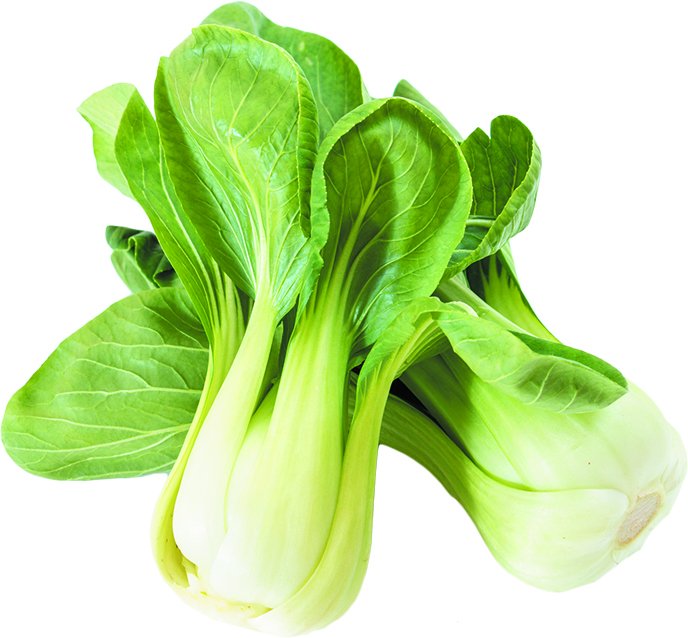
Baby Bok Choy:
Because it’s picked early, baby bok choy is more tender and has a milder, sweeter flavor (a bit like cabbage) than the full-size version. It is part of the cruciferous vegetable family, which is associated with decreased risk of several types of cancer. You can enjoy baby bok choy raw in salads or sandwiches, as well as cooked.
Try it: To use in stir-fries, cook chopped stalks first, then add leaves briefly to wilt. Or, to grill, cut bok choy in half, brush with oil and cook a few minutes on each side. Season with garlic and pepper or your favorite seasoning.
Dreamstime.com
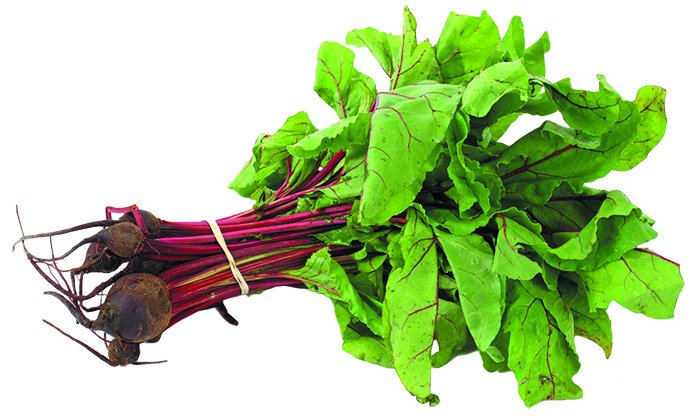
Edible Vegetable Tops:
At farmers’ markets, you’ll often find root vegetables like beets, turnips, kohlrabi, radishes and carrots sold with their leafy greens still attached. These leaves are packed with nutrients and flavor, so don’t throw them out. For example, just cup of cooked beet greens supplies 14% of your daily potassium, 20% of daily vitamin C and 30% of daily vitamin A (as carotenoids).
Try it: Saut leafy greens in oil with garlic and onions. Or, add the greens to stir-fries, marinara sauce, soup or stew. McKay suggests using leafy vegetable tops to make pesto sauce; spoon it over roasted root vegetables or whole-grain pasta.
Dreamstime.com
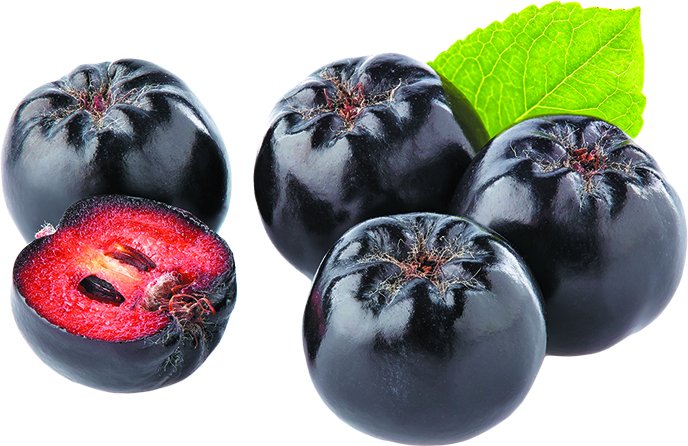
Aronia Berries:
The dark purple color of these berries hints at their high phytochemical content, including anthocyanins. Very preliminary human trials suggest drinking about 1 cup of aronia juice daily may help lower blood pressure, fasting blood sugar (in type 2 diabetes) and blood lipids (triglycerides and/or cholesterol) in people with elevated levels.
Aronia berries are bitter/tart (hence their other name, chokeberries), so they’re generally preferred as an ingredient in recipes rather than on their own. Look for the berries mid-to-late summer.
Try it: Add them to smoothies, fruity salsas, vinaigrettes (pure in a blender first) and savory sauces to top lean meat. Swap them for half of the berries in a favorite berry recipe you already make.
Dreamstime.com
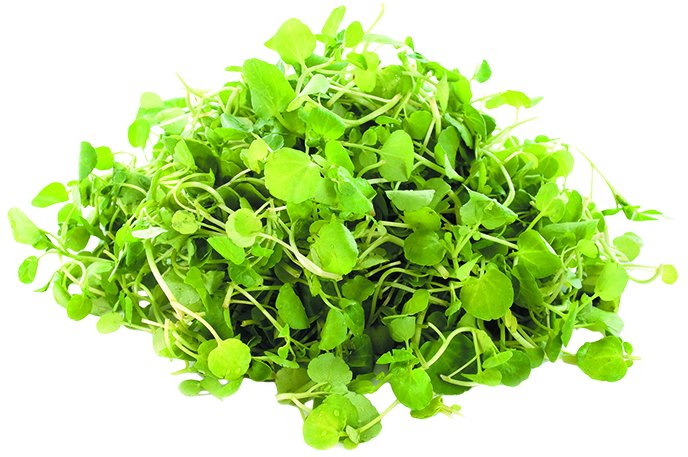
Microgreens:
These mini leafy greens are the younger siblings of baby greens, as they’re harvested even earlier. Microgreens have intense flavors and vivid colors but tender textures. They often contain significantly higher amounts of many vitamins, minerals and phytochemicals per serving than the mature leaves and vegetables of the same plant.
For example, analyses published in the Journal of Agricultural and Food Chemistry showed red cabbage microgreens contained 17 times more beta- carotene and 2 times more vitamin C than mature red cabbage (which is an excellent source of vitamin C as it is).
Try it: Add them to salads, sandwiches and wraps. Use them in place of lettuce atop a salmon burger or in fajitas. Sprinkle them over cooked omelets.
Dreamstime.com
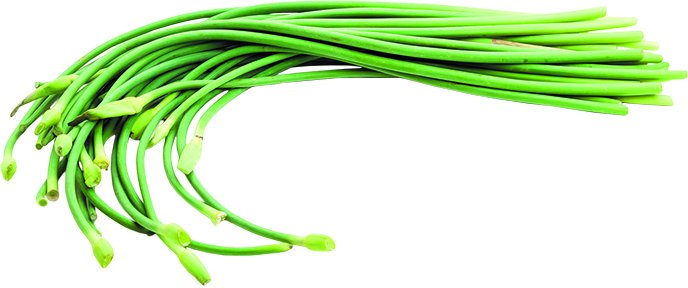
Garlic Scapes:
These spindly vegetables are the green shoots that grow from garlic bulbs. Their flavor is similar to garlic cloves but milder. Keep an eye out for them in June, as they have a short season. They can last up to a month in your refrigerator, or you can chop and freeze them for later use to flavor dishes.
Try it: To eat as a vegetable, trim both ends, cut into bite-size pieces and saut or lightly steam them; drizzle with lemon juice. Alternately, toss them (cut or whole) with oil and pepper, and then roast them in the oven or grill briefly until tender.
To learn more: Comprehensive Reviews in Food Science and Safety, August 2016
Ready to enjoy locally-grown food? Heres help:
– Find farmers’ markets.
Check the directory maintained by the USDA’s Agricultural Marketing Service at “www.ams.usda.gov/services/local-regional/food-directories-listings”. This site also provides directories for Community Supported Agriculture (CSA) programs and on-farm markets. If none of these options are available to you, keep an eye out for roadside stands or locally-grown produce in your grocery store. Some communities have fruit and vegetable markets that support local growers but have more typical store hours.
– Go ready to shop.
That includes taking a reusable shopping bag and some cash (small bills). Some growers take credit cards, but not all.
– Arrive around opening time.
You’ll get the best selection, and the produce will have spent minimal time sitting out. The market may be less crowded then, too.
– Request storage and cooking tips.
Ask growers how they like to prepare the items you buy. They likely can share tips on how to store and preserve items, too.
– Beware of prepared foods.
Focus on buying farm-fresh ingredients rather than wood-fired pizza, sweet baked goods and other treats sold at many markets.




















